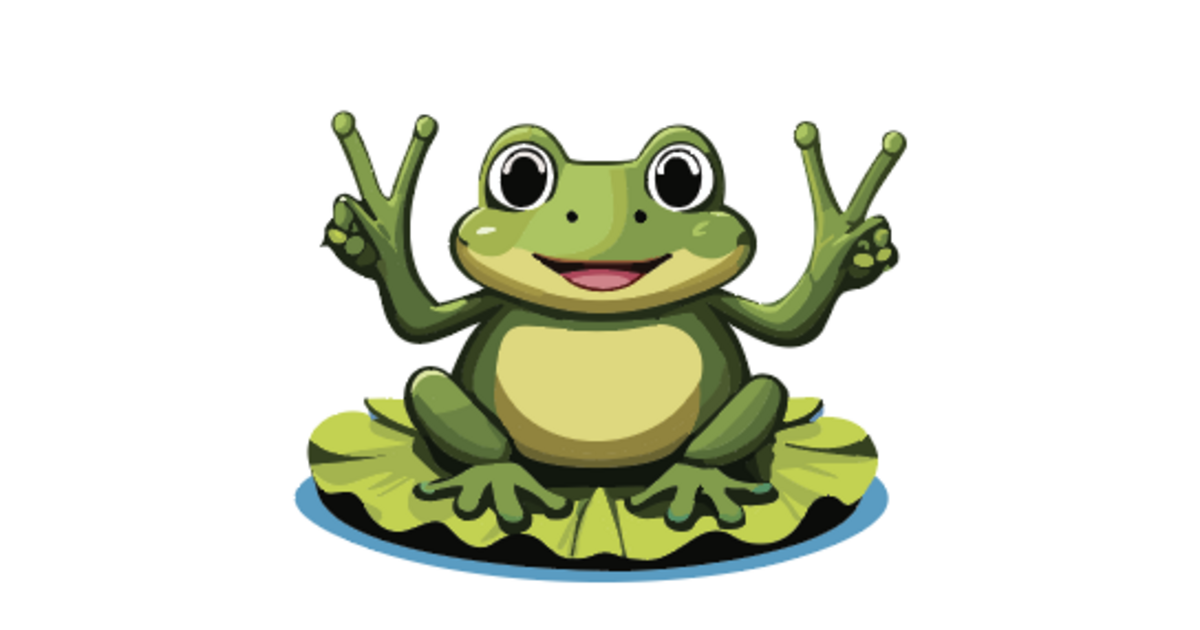#mutations
Identification of naturally occurring #drug-resistant #mutations of #SARS-CoV-2 papain-like #protease, https://etidiohnew.blogspot.com/2025/05/identification-of-naturally-occurring.html
Introducing a #framework for within-host #dynamics and #mutations modelling of #H5N1 #influenza infection in #humans, https://etidiohnew.blogspot.com/2025/05/introducing-framework-for-within-host.html
"In 2019, researchers introduced the world to a woman born in rural Angostura, Colombia, who, like so many of her relatives, carried the PSEN1 mutation. But unlike them, she did not develop Alzheimer’s disease by the age of 50. Even at 72, she was barely showing symptoms."
Just another reason not to travel on planes.
I knew someone (a travel agent) that flew extensively. Sure enough, he died of cancer.
You are going to be exposed to more Cosmic Rays when flying than will hit you when you stay on the ground.
Synergistic effects of PA (S184N) and #PB2 (E627K) #mutations on the increased pathogenicity of #H3N2 canine #influenza virus #infections in mice and #dogs, https://etidiohnew.blogspot.com/2025/04/synergistic-effects-of-pa-s184n-and-pb2.html
Introducing a #framework for within-host #dynamics and #mutations modelling of #H5N1 #influenza infection in #humans, https://etidiohnew.blogspot.com/2025/04/introducing-framework-for-within-host.html
#Russia, Ministry of Health denied #rumors about a new #virus #outbreak, https://rospotrebnadzor.ru/about/info/news/news_details.php?ELEMENT_ID=29717
During the ongoing epidemiological monitoring and genomic #surveillance conducted in the Russian Federation, no new viruses or viruses with significant #mutations have been identified.
The situation is under strict control of Rospotrebnadzor.
Let students engage in scientific thinking about #genes, #traits, #mutations, and selection agents with Natural Selection. Explore the distribution of bunnies over time and hypothesize about which traits may be favored in different conditions. #Genetics
https://phet.colorado.edu/en/simulations/natural-selection/
#Mutations #Intra2025
Enseignant·es, CPE et Psy-EN stagiaires : pour obtenir votre 1er poste de titulaire au sein d’une académie, vous devez participer au mouvement intra-académique. Le SNES-FSU reste à vos côtés !
3. Infos et contacts #stagiaires : https://www.snes.edu/ma-carriere/concours-entree/stagiaires/phase-intra-academique-2025-je-suis-stagiaire-que-faire/
#Mutations #Intra2025 Permanences, réunions d'information, publications spéciales... Votre section académique du SNES-FSU vous informe et vous accompagne pour le mouvement intra !
2. Infos et contacts pour le mouvement intra-académique : https://www.snes.edu/ma-carriere/mutations/mutations-bientot-la-phase-intra-academique/

1. Dans quel cas et comment déposer un recours : https://www.snes.edu/ma-carriere/mutations/mutations-inter-2025-faire-un-recours-avec-le-snes-fsu/
SciTech Chronicles. . . . . . . . .Feb 13th, 2025
#gravitationally-warped #NGC-6505 #space-time #Euclid #Mediterranean #KM3Net #ARCA #ORCA #microbiome #fermented #proximal #distal #mutations #epigenetic #DNA #methylation #cytosine #Bioink #SCOBY #nanocellulose #hydrogel


